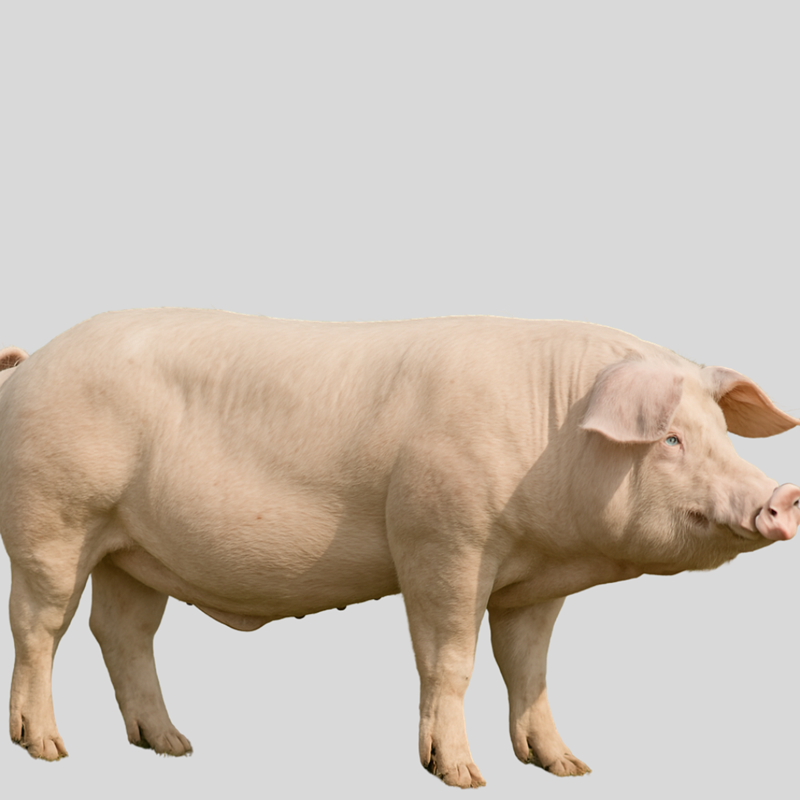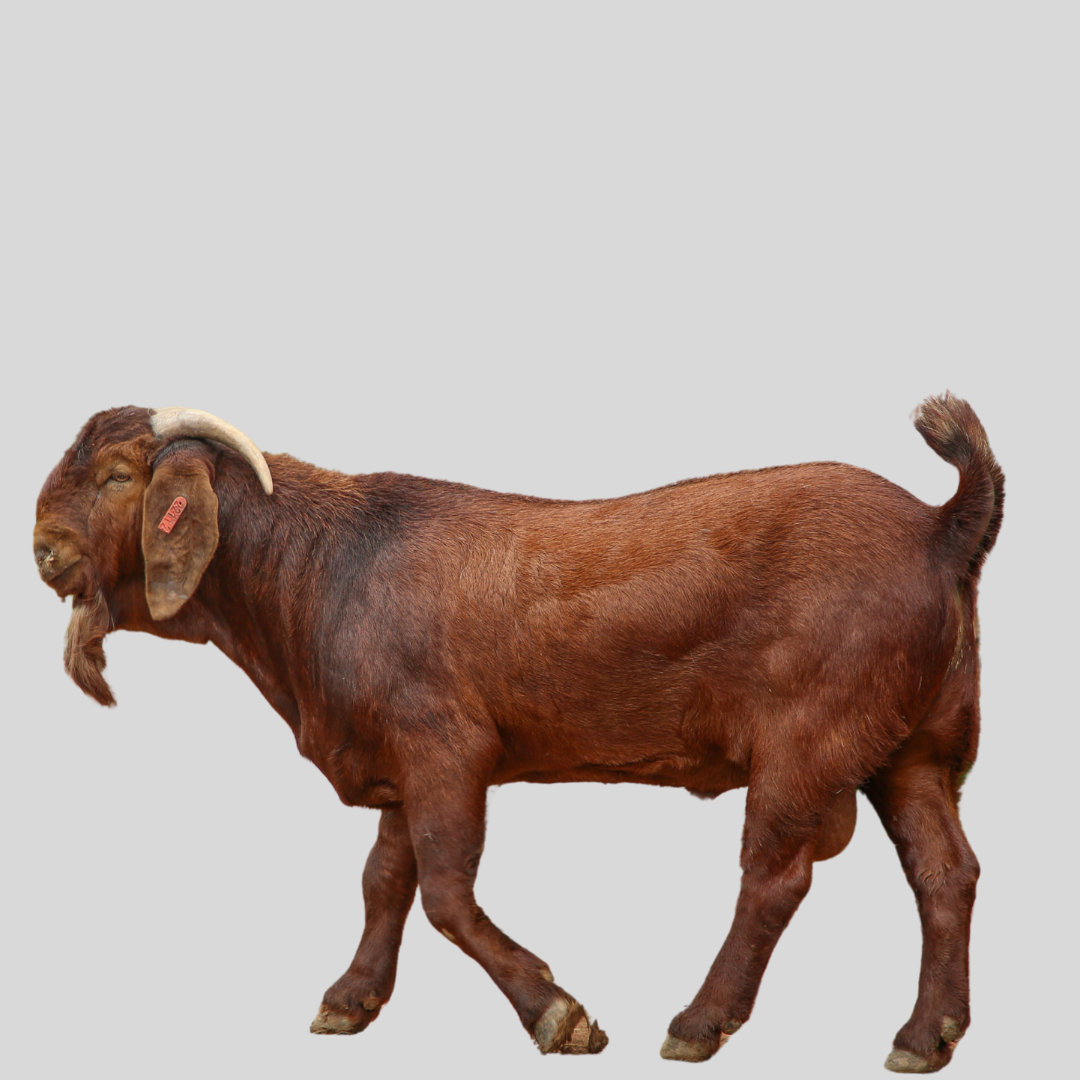Description
Overview
The Landrace pig is one of the world’s premier commercial breeds for pork production, recognized for its superior mothering ability, excellent growth rates, and exceptional carcass quality. Originally from Denmark, the Landrace has since been adapted to many countries and is a cornerstone breed in commercial pig farming operations worldwide.
Origin
The Landrace pig breed was first developed in Denmark in the late 19th century by crossing native Danish pigs with imported Large White pigs from England. Selective breeding focused on producing animals with superior bacon production, fertility, and sound physical conformation.
Today, several Landrace varieties exist (e.g., American Landrace, British Landrace, South African Landrace), each slightly adapted to local farming conditions.
Characteristics
Size and Build
Landrace pigs are large-bodied with long frames, making them ideal for high meat yield.
-
Weight:
-
Sows: 450–600 pounds (204–272 kg)
-
Boars: 600–700 pounds (272–318 kg)
-
-
Height:
-
Sows: ~32 inches (81 cm) at the shoulder
-
Boars: ~36 inches (91 cm)
-
Coat and Color
They have a white coat with fine hair. Their skin is sensitive, making them prone to sunburn if not adequately protected.
Distinctive Features
-
Long body with extra vertebrae (ideal for bacon)
-
Large, floppy ears that cover their eyes
-
Straight snout and moderately dished face
-
Well-developed hams and loin
Reproductive Performance
Landrace sows are famous for their reproductive traits:
-
Litter size: 10–14 piglets
-
Mothering ability: Excellent milk production and nurturing
-
Longevity: Strong lifetime productivity
Growth and Meat Quality
Landrace pigs grow rapidly and produce high-yield carcasses with a high proportion of lean meat.
-
Daily weight gain: 1.5–2.0 pounds (0.7–0.9 kg) per day under proper management
-
Carcass quality: Excellent, with thin back fat and heavy, muscular loins
-
Meat: Tender and flavorful, ideal for bacon and fresh pork
Temperament
Landrace pigs are generally docile and easy to manage but can be sensitive to environmental stresses like heat or sun exposure.
Key Traits:
-
Highly productive and fertile
-
Fast growth rates and efficient feed conversion
-
Excellent meat and bacon quality
-
Adaptable to confinement or pasture systems
Uses
-
Commercial pork production: Primary use worldwide
-
Crossbreeding: Used to improve mothering ability, growth, and carcass traits in hybrid pigs
-
Bacon production: Due to their long bodies and lean meat





Reviews
There are no reviews yet.